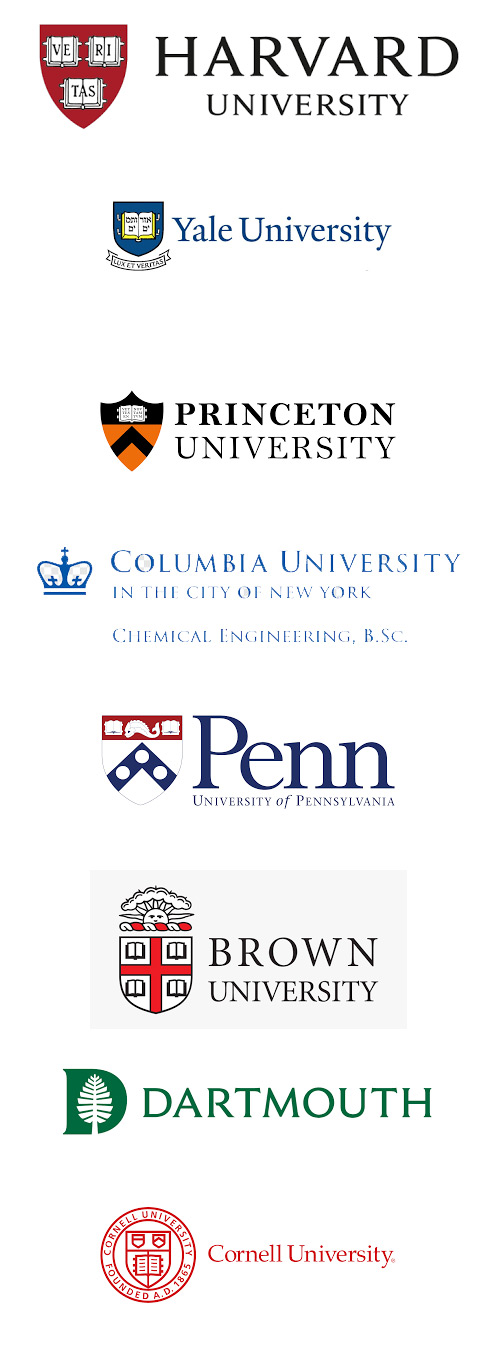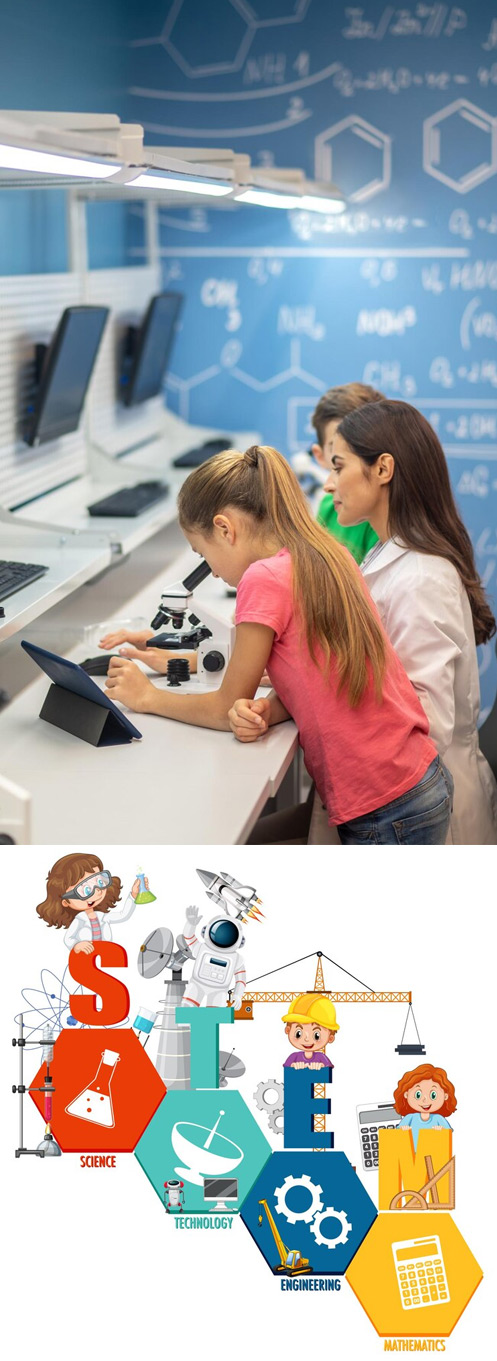
Study in US
About USA
The United States of America (USA) is a diverse and influential country located in North America, bordered by Canada to the north, Mexico to the south, the Atlantic Ocean to the east, and the Pacific Ocean to the west. Here's an overview of various aspects of the USA:
- Geography: The USA is the third-largest country in the world by total area and consists of 50 states, along with the District of Columbia (Washington D.C.), which serves as the nation's capital. The country features diverse geographical landscapes, including vast plains, mountains, forests, deserts, and coastal regions.
- Demographics: With a population of over 330 million people, the USA is one of the most populous countries globally. It is known for its cultural diversity, with a rich tapestry of ethnicities, languages, religions, and traditions. Major cities such as New York, Los Angeles, Chicago, and Houston are cultural melting pots, attracting people from around the world.
- Government and Politics: The USA is a federal republic with a democratic system of government. It operates under a constitution that divides powers between the federal government and individual states. The federal government consists of three branches: the executive (headed by the President), the legislative (Congress), and the judicial (Supreme Court).
- Economy: The USA has the world's largest economy, characterized by a mix of capitalist principles, innovation, and entrepreneurship. It is a global leader in various industries, including technology, finance, healthcare, manufacturing, and entertainment. Major cities like New York City and San Francisco are financial and technological hubs.
- Culture: American culture is highly influential globally, with significant contributions in areas such as literature, music, film, art, and cuisine. The USA is known for its diverse cultural expressions, ranging from Hollywood movies and Broadway musicals to jazz, hip-hop, and regional cuisines.
- Education: The USA is home to some of the world's most prestigious universities and colleges, attracting students from around the globe. Institutions such as Harvard, MIT, Stanford, and Yale are renowned for their academic excellence and research contributions. The country's higher education system offers a wide range of programs and degrees across various fields.
- Technology and Innovation: The USA is a leader in technological innovation, with Silicon Valley in California being a global epicenter for the tech industry. American companies such as Apple, Google, Amazon, and Facebook have revolutionized various aspects of modern life through their innovations in technology and digital services.
- Natural Beauty and National Parks: The USA boasts stunning natural landscapes, including iconic landmarks such as the Grand Canyon, Yellowstone National Park, Yosemite National Park, and the Great Smoky Mountains. These natural wonders attract millions of tourists each year and offer opportunities for outdoor recreation and adventure.
Overall, the USA is a dynamic and diverse country with significant global influence across various spheres, including politics, economics, culture, and technology. Its openness to innovation, cultural diversity, and entrepreneurial spirit make it a beacon of opportunity for people from all walks of life.

Education System in the USA
The education system in the USA is diverse and decentralized, with each state having significant autonomy over its educational policies and practices. Here's an overview of the key components of the education system in the USA:
- Early Childhood Education: Early childhood education typically begins with preschool or pre-kindergarten programs, which are not compulsory but are widely available. These programs focus on socialization, basic skills development, and readiness for formal schooling.
- Primary and Secondary Education: Primary and secondary education in the USA is divided into elementary school (grades K-5 or K-6), middle school or junior high school (grades 6-8 or 7-8), and high school (grades 9-12). Education is compulsory for children typically between the ages of 5 or 6 to 16 or 18, depending on the state.
- Curriculum: The curriculum in primary and secondary schools typically includes core subjects such as English/language arts, mathematics, science, social studies/history, and physical education. Additionally, students may have access to elective courses in areas such as art, music, foreign languages, and vocational education.
- Standardized Testing: Standardized tests are commonly used to assess student achievement and school performance. Tests such as the SAT (Scholastic Assessment Test) and ACT (American College Testing) are often used for college admissions, while state-specific assessments measure proficiency in core subjects.
- High School Diploma: Upon completing the required coursework and meeting state graduation requirements, students are awarded a high school diploma. Graduation requirements vary by state but typically include completing a minimum number of credits in core subjects and passing state assessments.
- Higher Education: The USA has a diverse higher education system that includes public and private colleges and universities, community colleges, vocational and technical schools, and specialized institutions. Higher education institutions offer a wide range of degree programs, including associate's, bachelor's, master's, and doctoral degrees.
- Admissions: Admission to colleges and universities in the USA is competitive and typically based on a combination of factors, including academic performance, standardized test scores, extracurricular activities, letters of recommendation, and personal essays.
- Financial Aid: The cost of higher education in the USA can be significant, but various financial aid options are available to help students finance their education. These include scholarships, grants, loans, and work-study programs offered by federal, state, institutional, and private sources.
- Accreditation: Accreditation ensures that higher education institutions meet certain standards of academic quality and integrity. Accrediting agencies evaluate institutions based on factors such as faculty qualifications, curriculum, student outcomes, and institutional resources.
- Continuing Education: Lifelong learning and continuing education opportunities are available to individuals seeking to enhance their skills, pursue career advancement, or explore new interests. These may include professional development courses, certificate programs, and online learning options.
Overall, the education system in the USA provides a wide range of opportunities for students to pursue their educational goals and aspirations, with a focus on academic excellence, innovation, and lifelong learning.

What are Ivy League Universities in the USA?
The Ivy League is a group of eight private universities in the northeastern United States known for their academic excellence, selective admissions, and prestigious reputations. Here are the Ivy League universities in the USA:
- Harvard University: Located in Cambridge, Massachusetts, Harvard is the oldest and one of the most prestigious universities in the United States. It offers a wide range of undergraduate and graduate programs across various disciplines.
- Yale University: Located in New Haven, Connecticut, Yale University is known for its historic campus, distinguished faculty, and comprehensive liberal arts education. It is one of the oldest universities in the USA.
- Princeton University: Located in Princeton, New Jersey, Princeton University is renowned for its rigorous academic programs, vibrant campus community, and commitment to undergraduate education.
- Columbia University: Located in New York City, Columbia University is known for its global perspective, diverse student body, and strong emphasis on research and scholarship. It offers a wide range of undergraduate and graduate programs.
- University of Pennsylvania: Located in Philadelphia, Pennsylvania, the University of Pennsylvania is known for its strong programs in business, medicine, law, and engineering, as well as its commitment to interdisciplinary education and research.
- Brown University: Located in Providence, Rhode Island, Brown University is known for its distinctive approach to undergraduate education, which emphasizes student-directed learning, flexibility, and exploration across disciplines.
- Dartmouth College: Located in Hanover, New Hampshire, Dartmouth College is known for its intimate and collaborative learning environment, strong undergraduate focus, and emphasis on liberal arts education.
- Cornell University: Located in Ithaca, New York, Cornell University is known for its comprehensive offerings, including undergraduate and graduate programs in fields such as agriculture, engineering, hotel administration, and veterinary medicine.
These Ivy League universities are among the most prestigious and selective institutions in the world, known for their academic excellence, rich history, and influential alumni networks. Admission to Ivy League universities is highly competitive, with acceptance rates typically below 10% for undergraduate programs.

What is CPT in the USA?
CPT stands for Curricular Practical Training, and it is a type of authorization that allows eligible international students in the USA on F-1 student visas to gain practical work experience related to their field of study. Here are some key points about CPT:
- Purpose: CPT is designed to provide students with the opportunity to gain hands-on experience in their field of study through internships, cooperative education programs, or other types of work experience. It allows students to apply theoretical knowledge gained in the classroom to real-world professional settings.
- Eligibility: To be eligible for CPT, students must have been enrolled full-time in an academic program for at least one academic year (nine months) and must have maintained valid F-1 status. They must also receive authorization from their Designated School Official (DSO) and have a job offer related to their major field of study.
- Duration: CPT can be part-time (20 hours per week or less) or full-time (more than 20 hours per week) during the academic year. There is no limit to the duration of part-time CPT, but full-time CPT for 12 months or more makes students ineligible for Optional Practical Training (OPT), another type of work authorization available to F-1 students.
- Application Process: Students must apply for CPT through their designated school official (DSO) at their academic institution. The DSO will evaluate the student's eligibility and may issue a new Form I-20 with the CPT authorization noted on it. Students must have this authorization before beginning any work under CPT.
- Types of CPT: There are two types of CPT: "Required CPT" and "Optional CPT." Required CPT is for internships or work experiences that are required by the academic program for completion of degree requirements. Optional CPT is for internships or work experiences that are not required but are related to the student's major field of study.
- Employment Restrictions: CPT employment must be directly related to the student's major field of study listed on their Form I-20. Students may not begin employment until they have received proper authorization and may not exceed the authorized hours of work.
- Impact on OPT: Engaging in 12 months or more of full-time CPT makes students ineligible for Optional Practical Training (OPT) at the same academic level. However, part-time CPT and full-time CPT for less than 12 months do not affect OPT eligibility.
Overall, CPT provides valuable opportunities for international students in the USA to gain practical work experience and enhance their professional skills while pursuing their academic studies. It is an essential component of many academic programs and can help students prepare for future career opportunities.

What is OPT in the USA?
OPT stands for Optional Practical Training, and it is a temporary employment authorization available to eligible international students in the United States on an F-1 student visa. OPT allows students to gain practical work experience related to their field of study for up to 12 months after completing their academic program. Here are some key points about OPT:
- Purpose: OPT is designed to provide international students with an opportunity to gain hands-on work experience in their field of study, supplementing their academic education with practical training. It allows students to apply their knowledge and skills in real-world professional settings and enhance their employability.
- Eligibility: To be eligible for OPT, students must have been enrolled full-time in an academic program for at least one academic year (nine months) and must have maintained valid F-1 student status. OPT is available for students at the undergraduate, graduate, and postgraduate levels.
- Duration: OPT is typically authorized for a maximum period of 12 months per academic level (e.g., bachelor's, master's, or doctoral). Students may choose to use their OPT authorization period either before or after completing their academic program, or a combination of both.
- Application Process: Students must apply for OPT through the U.S. Citizenship and Immigration Services (USCIS) by submitting Form I-765, Application for Employment Authorization, along with supporting documentation and the required fee. The application must be submitted within specific timelines, usually while the student is still enrolled or within 60 days of completing their academic program.
- Types of OPT: There are two main types of OPT: Pre-completion OPT and Post-completion OPT. Pre-completion OPT allows students to work part-time (up to 20 hours per week) while school is in session and full-time during scheduled breaks. Post-completion OPT allows students to work full-time after completing their academic program.
- STEM OPT Extension: Students with degrees in certain STEM (Science, Technology, Engineering, and Mathematics) fields may be eligible for a 24-month extension of their OPT period, allowing them to work for an additional 24 months beyond the initial 12-month OPT period.
- Employment Restrictions: Employment during OPT must be directly related to the student's major field of study listed on their Form I-20. Students are responsible for securing their own employment opportunities and must report their employment details to their designated school official (DSO).
- Impact on Visa Status: Students on OPT remain in F-1 student status during the authorized period of OPT. However, they are subject to certain reporting requirements and must maintain their F-1 status by complying with OPT regulations.
Overall, OPT provides valuable opportunities for international students in the USA to gain practical work experience, explore career options, and enhance their professional skills while pursuing their academic studies. It is an essential component of many academic programs and can help students transition from student life to the workforce.

What is STEM Extension in the USA?
The STEM OPT extension is an additional period of Optional Practical Training (OPT) available to eligible international students in the United States on an F-1 student visa who have completed a degree in certain STEM (Science, Technology, Engineering, and Mathematics) fields. Here are some key points about the STEM OPT extension:
- Purpose: The STEM OPT extension allows eligible students with STEM degrees to extend their period of post-completion OPT by an additional 24 months beyond the initial 12-month OPT period. This extension provides students with more time to gain practical work experience in their field of study and enhances their opportunities for employment in the USA.
- Eligibility: To be eligible for the STEM OPT extension, students must have completed a degree in a STEM field included on the STEM Designated Degree Program List maintained by the U.S. Department of Homeland Security (DHS). Additionally, students must have a job offer from an employer enrolled in the E-Verify program and must meet other eligibility criteria for OPT.
- Application Process: Eligible students must apply for the STEM OPT extension through their designated school official (DSO) by submitting Form I-765, Application for Employment Authorization, along with supporting documentation, the Form I-20 with STEM OPT recommendation, and the required fee to the U.S. Citizenship and Immigration Services (USCIS). The application must be submitted before the expiration of the initial 12-month OPT period.
- Training Plan: As part of the STEM OPT extension application, students and their employers are required to develop and submit a formal Training Plan outlining the specific training objectives, learning goals, and how the practical training opportunity relates to the student's STEM field of study.
- E-Verify Requirement: Employers participating in the STEM OPT extension program must be enrolled in the E-Verify program, which is an internet-based system that allows employers to verify the employment eligibility of their employees.
- Reporting Requirements: Students on the STEM OPT extension are required to report certain information to their DSO, including changes in their employment status, employer information, and changes to their residential address or contact information.
- Travel and Reentry: Students on the STEM OPT extension who travel outside the USA must have a valid STEM OPT Extension I-20 endorsed for travel and an Employment Authorization Document (EAD) that is still valid for reentry into the USA.
Overall, the STEM OPT extension provides valuable opportunities for eligible international students in STEM fields to gain additional practical work experience in the USA, further enhancing their professional skills and career prospects.


